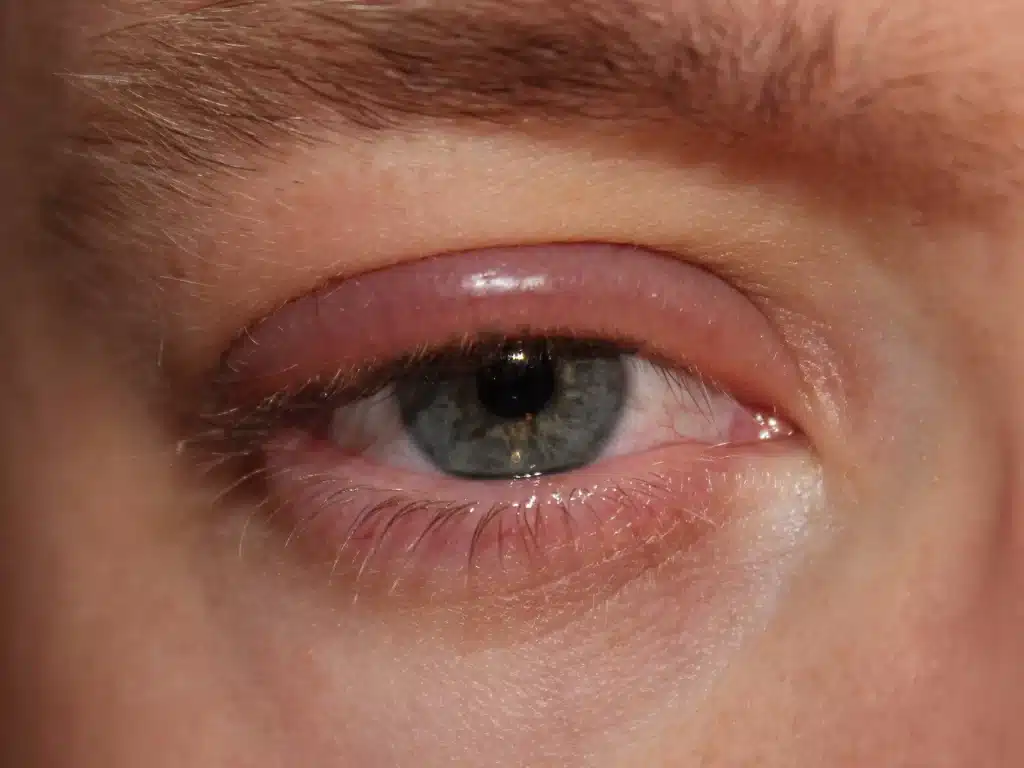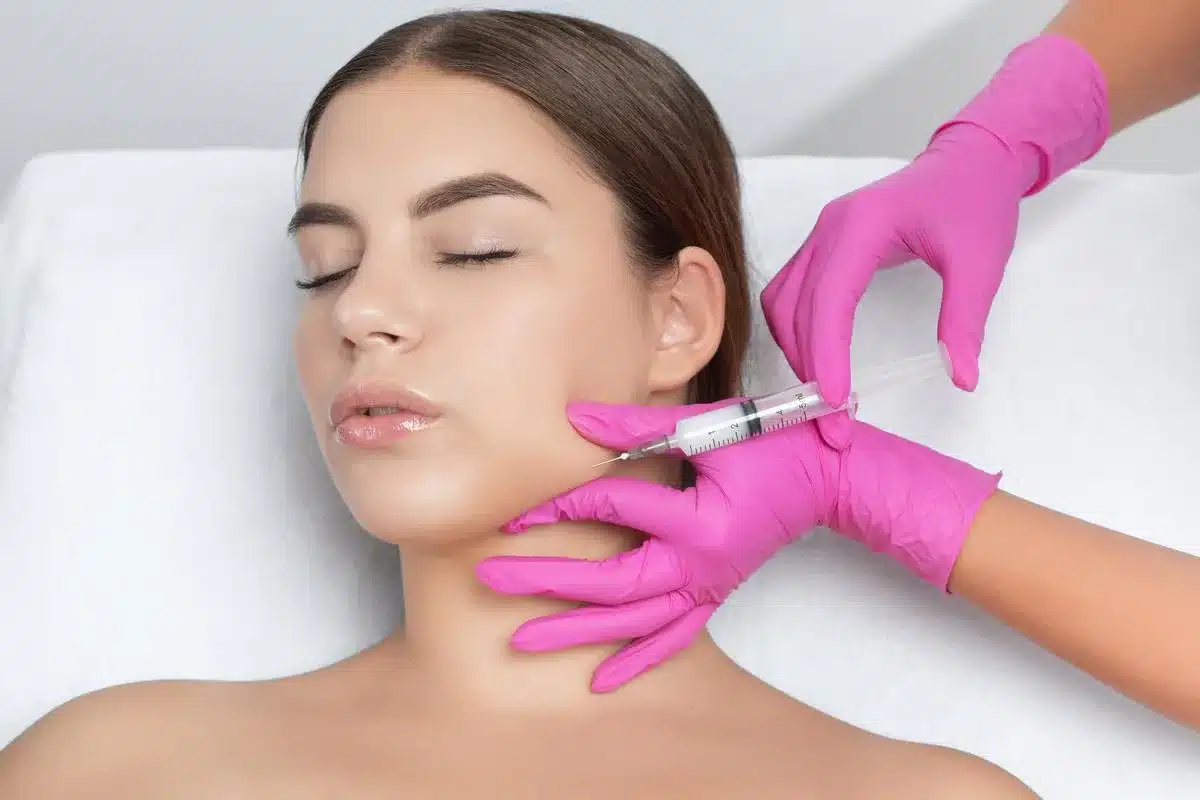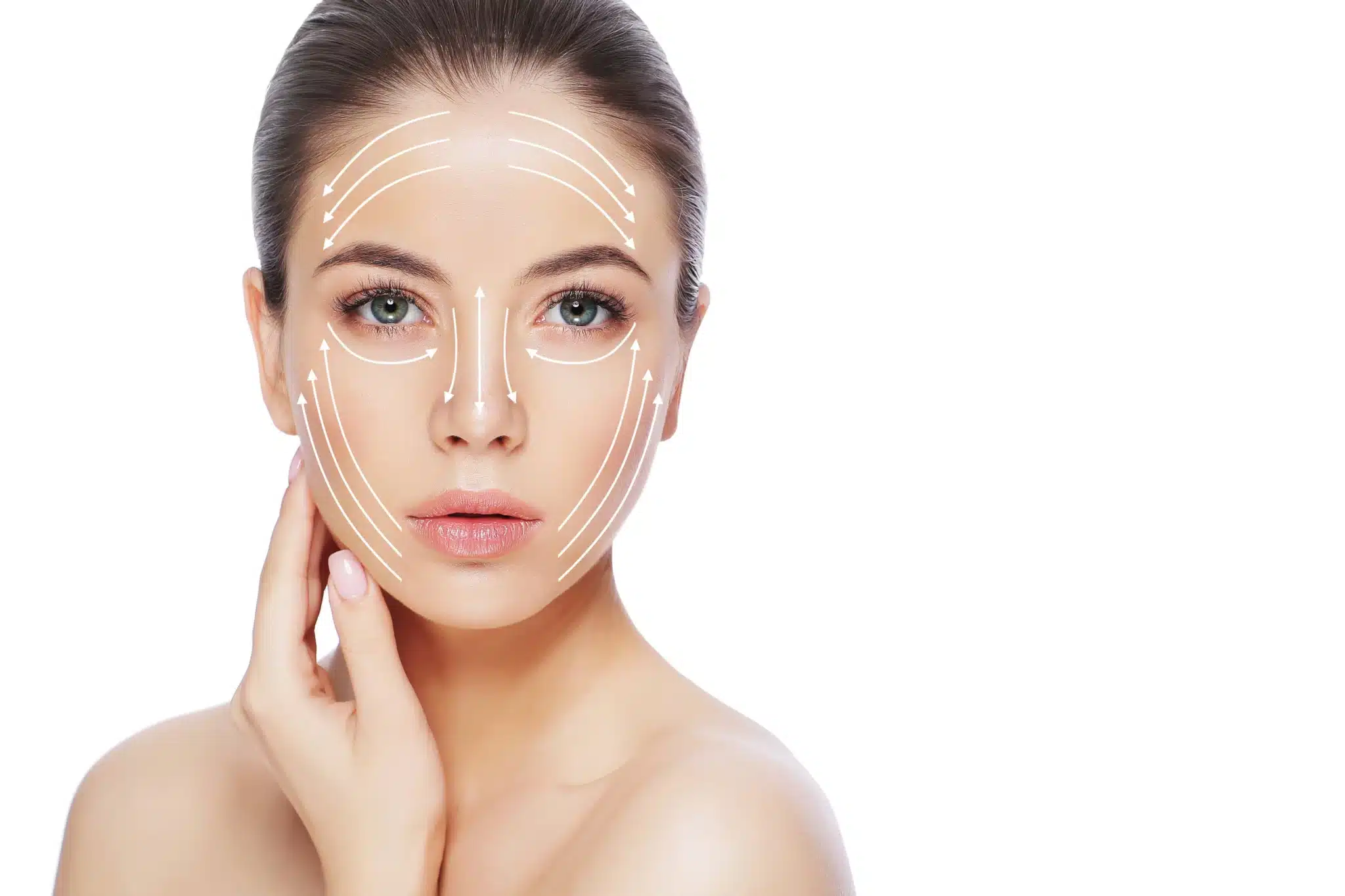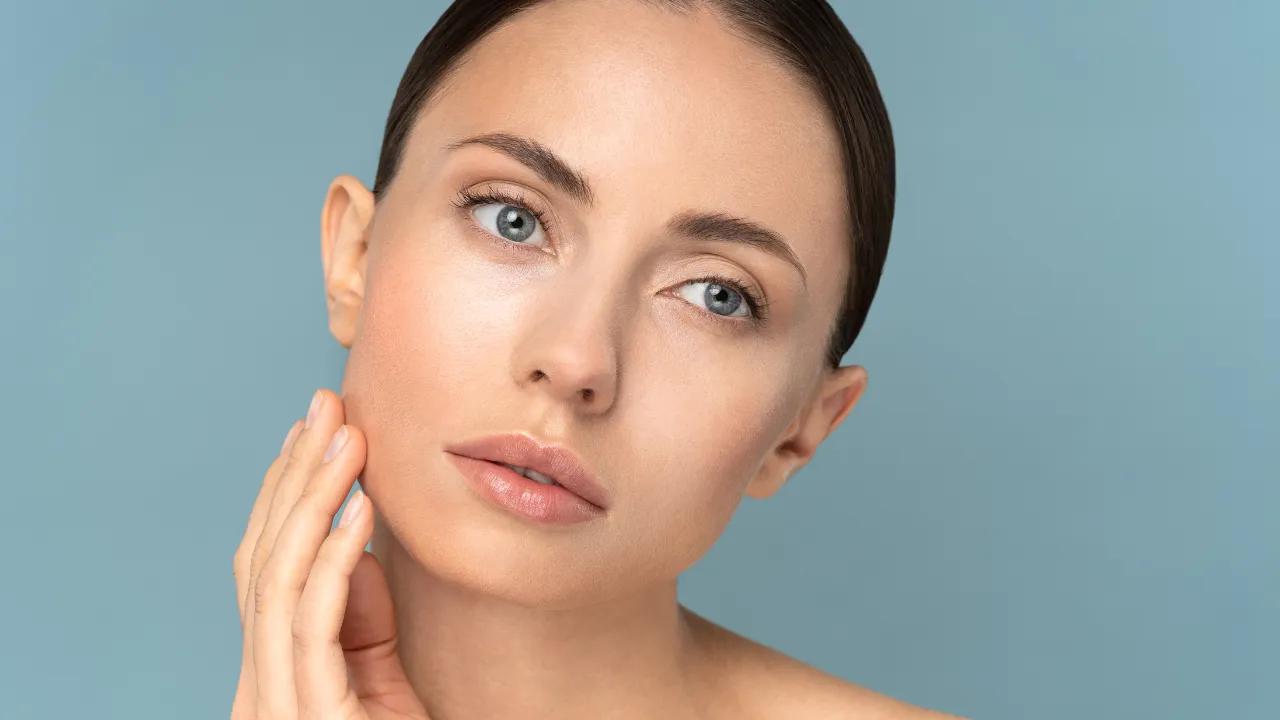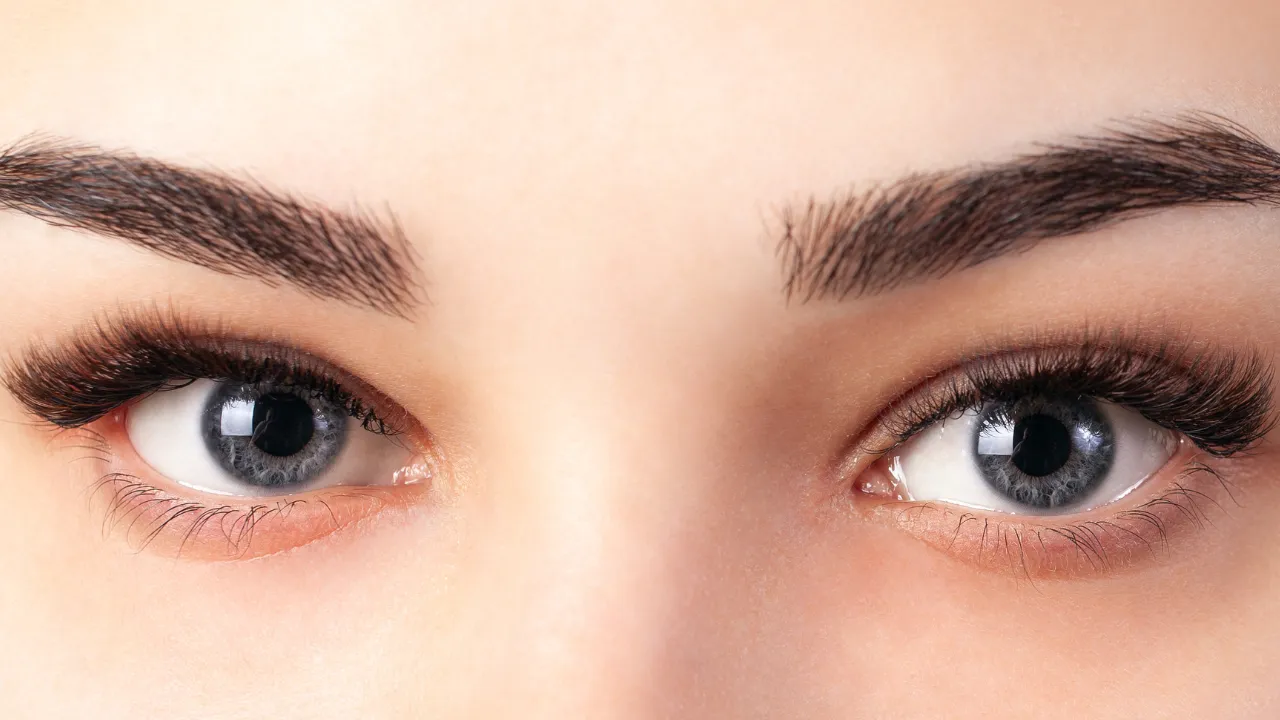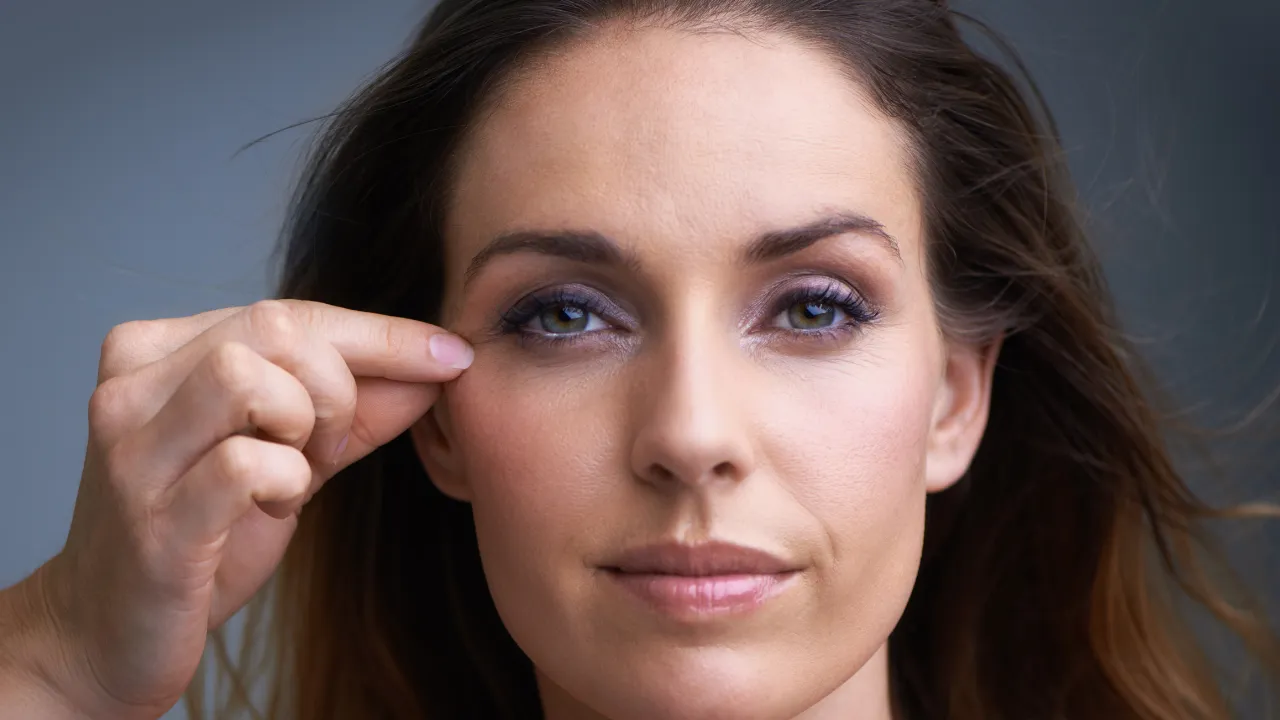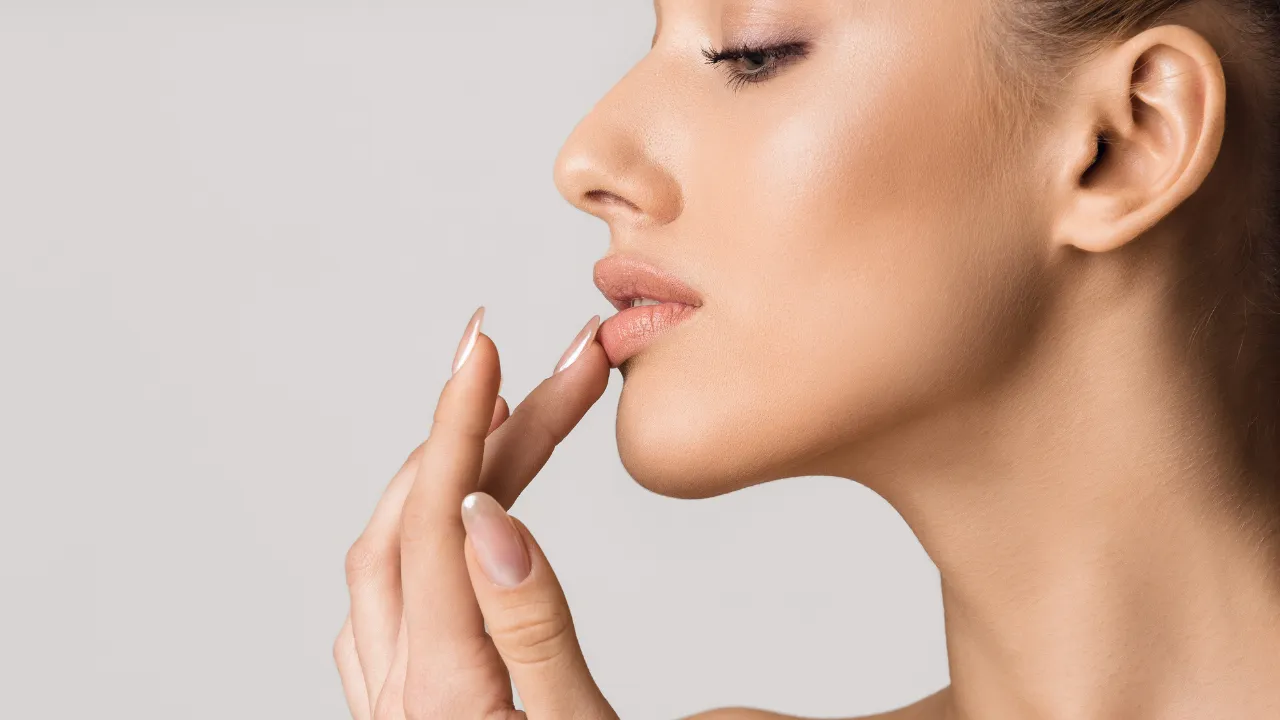Dr. Joel Kopelman is a board-certified oculoplastic and facial plastic surgeon with over 35 years of experience. As a leading blepharitis treatment specialist in New York City, he provides expert care for patients experiencing chronic eyelid inflammation.
If you’re wondering how to get rid of blepharitis or when to consult a specialist, Dr. Kopelman and the team at Kopelman Aesthetic Surgery offer accurate diagnoses and a full range of treatment options tailored to each patient.
Table of Contents
ToggleUnderstanding Blepharitis
Blepharitis is a condition that causes red, swollen, or itchy eyelids. It occurs when oil glands at the base of the eyelashes become clogged or irritated. The condition can be chronic, meaning it persists intermittently over time.
Common Causes
Several factors can lead to blepharitis:
- Bacterial buildup
- Seborrheic dermatitis
- Rosacea
- Allergies
- Dry eye
A common cause is a bacterial infection affecting the edge of the eyelid. Understanding the root cause helps your doctor choose the most effective blepharitis treatment and prevent recurrence. Identifying the type of blepharitis—anterior or posterior—also guides how your doctor approaches care.
Symptoms and When to See a Doctor
Signs to Look For
Common signs of blepharitis include:
- Burning or stinging eyes
- Crusty eyelashes, especially in the morning
- Red or swollen eyelids
- Tearing or dryness
- Light sensitivity
When to Seek Help
If these symptoms persist or worsen, it’s time to consult a specialist. What kind of doctor treats blepharitis? An ophthalmologist or oculoplastic surgeon, such as Dr. Kopelman, can effectively diagnose and treat the condition.
Should you see a dermatologist or ophthalmologist for blepharitis? While skin specialists can help with dermatitis, an eye specialist is better equipped for direct eyelid treatment. Many eye doctors regularly treat this condition.
Blepharitis in Children and Older Adults
Blepharitis can affect people of all ages; however, children and older adults often exhibit distinct symptoms and require specific care needs. Kids may rub their eyes more frequently or wake up with crusted lashes, which parents might mistake for pink eye. In older adults, age-related dry eyes or rosacea can make blepharitis more persistent.
Treatment principles remain the same, but gentle cleansing and tailored medication doses are essential. Always consult a specialist before treating blepharitis in young children or the elderly, as over-the-counter solutions may not be suitable.
Diagnosis and In-Clinic Treatments
Dr. Kopelman begins by examining your eyelids and checking for blocked glands, infection, or other eye conditions. He may use magnification tools to assess the severity of inflammation.
Professional Treatment Options
In-office blepharitis therapies may include:
- Debridement to remove crusts and bacteria
- Thermal pulsation treatments to unclog oil glands
- Antibiotic ointment for blepharitis applied under supervision
- Antibiotic eye drops to control infection and reduce inflammation
- Steroid eye drops for short-term symptom relief
These options are part of a broader strategy for inflamed eyelid treatment and prevent long-term damage.
How Blepharitis Relates to Other Eye Conditions
Blepharitis often appears alongside other chronic eye issues. Dry eye syndrome is the most common—clogged glands reduce tear quality, worsening dryness. Ocular rosacea is another condition linked to ocular rosacea, especially in middle-aged patients with facial redness or bumps.
Left untreated, blepharitis may increase the risk of styes, chalazion (eyelid cysts), or even corneal inflammation. Treating both blepharitis and related conditions is essential for long-term comfort and eye health. An experienced blepharitis treatment doctor will evaluate the whole picture, not just your lid margins.
At-Home Care and Medications
Once diagnosed, patients are usually given a daily self-care routine to manage symptoms.
Daily Self-Care Steps
Blepharitis self-care includes:
- Applying warm compresses twice a day
- Cleaning eyelid margins with diluted baby shampoo or commercial cleansers
- Using warm water to gently remove debris from the edge of the eyelid
- Gently massaging the closed eyelids to release clogged oils
- Avoiding makeup until symptoms clear
Medication Options
Blepharitis medication may include topical antibiotics, steroid drops, or oral antibiotics in severe cases. Some cases respond well to over-the-counter options, such as preservative-free artificial tears and eyelid wipes.
The best eye drops for blepharitis often contain lubricants that reduce dryness and irritation by stabilizing the tear film. Ask your doctor before starting any treatment.
Natural and Alternative Approaches
Some patients seek natural ways to manage blepharitis. While not a replacement for medical care, blepharitis home remedies can support your treatment plan:
- Tea tree oil cleansers to reduce bacteria and mites
- Omega-3 supplements to improve gland function
- Cold compresses for swelling
Many people ask how to cure blepharitis fast. The truth is that consistent care—not quick fixes—yields the best results.
Blepharitis alternative treatment may include acupuncture or herbal remedies, but always consult a doctor before trying these.
Expert Care with Dr. Joel Kopelman
If you’ve tried basic treatments without lasting relief, it may be time to see a blepharitis treatment doctor with advanced expertise.
Why Choose Dr. Kopelman?
Dr. Kopelman offers:
- Personalized care plans
- Access to advanced diagnostic tools
- In-office blepharitis therapies not available elsewhere
At Kopelman Aesthetic Surgery, patient safety, comfort, and results are priorities. Whether you’re managing mild irritation or a chronic case, you’ll receive care grounded in experience and precision.
Final Tips
Long-Term Success Strategies
Here’s how to treat blepharitis effectively:
- Follow a strict eyelid hygiene routine.
- Use prescribed medications as directed.
- Schedule regular checkups with your eye specialist.
- Avoid allergens or irritants that trigger flare-ups.
Managing blepharitis is a long-term process, but with expert guidance and consistent self-care, you can control symptoms and protect your vision.
For those seeking lasting relief, Dr. Kopelman is a trusted blepharitis treatment specialist offering professional care backed by decades of experience. His approach to eye care combines precision with personalized attention to detail. Schedule your consultation today.

